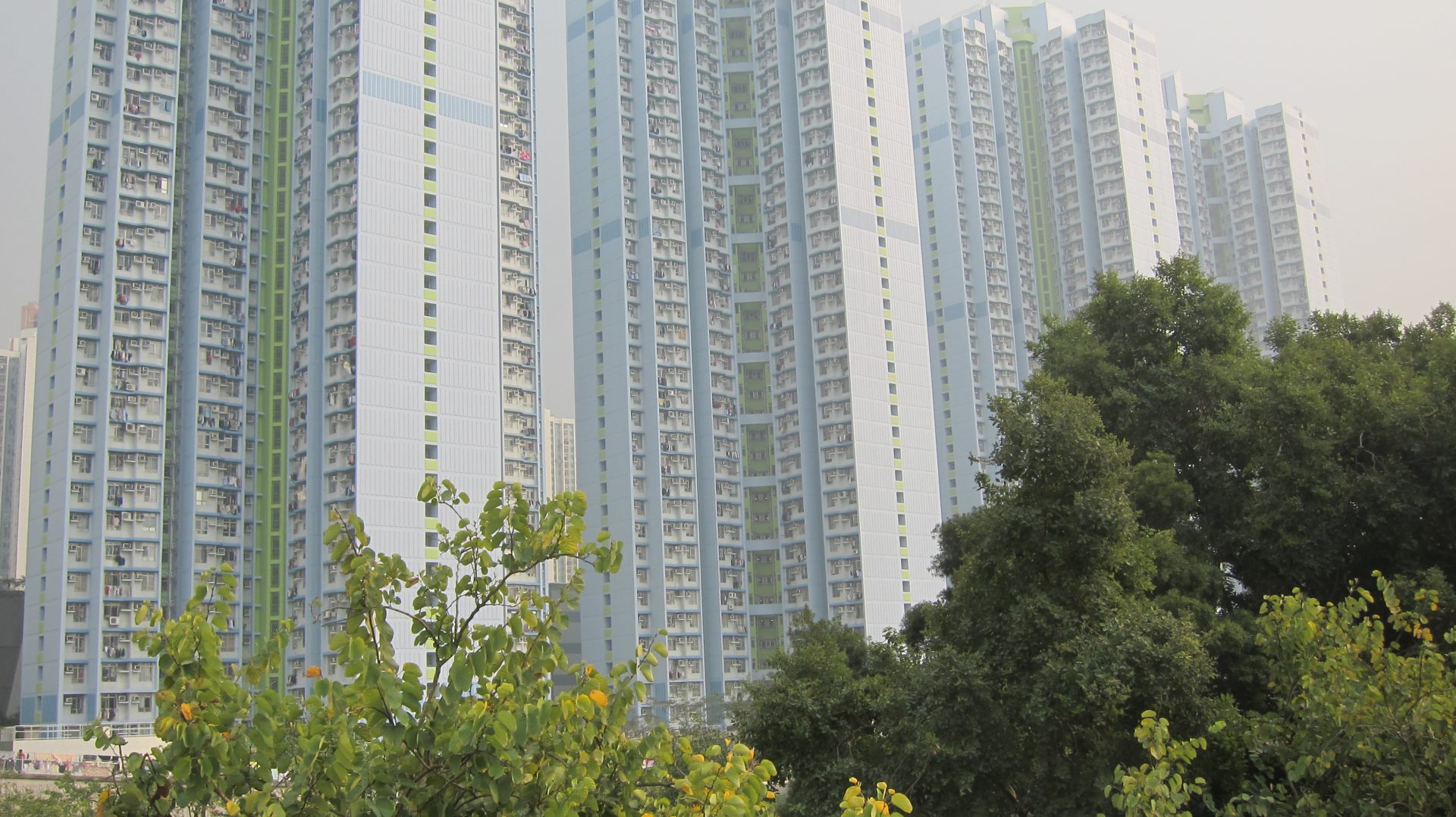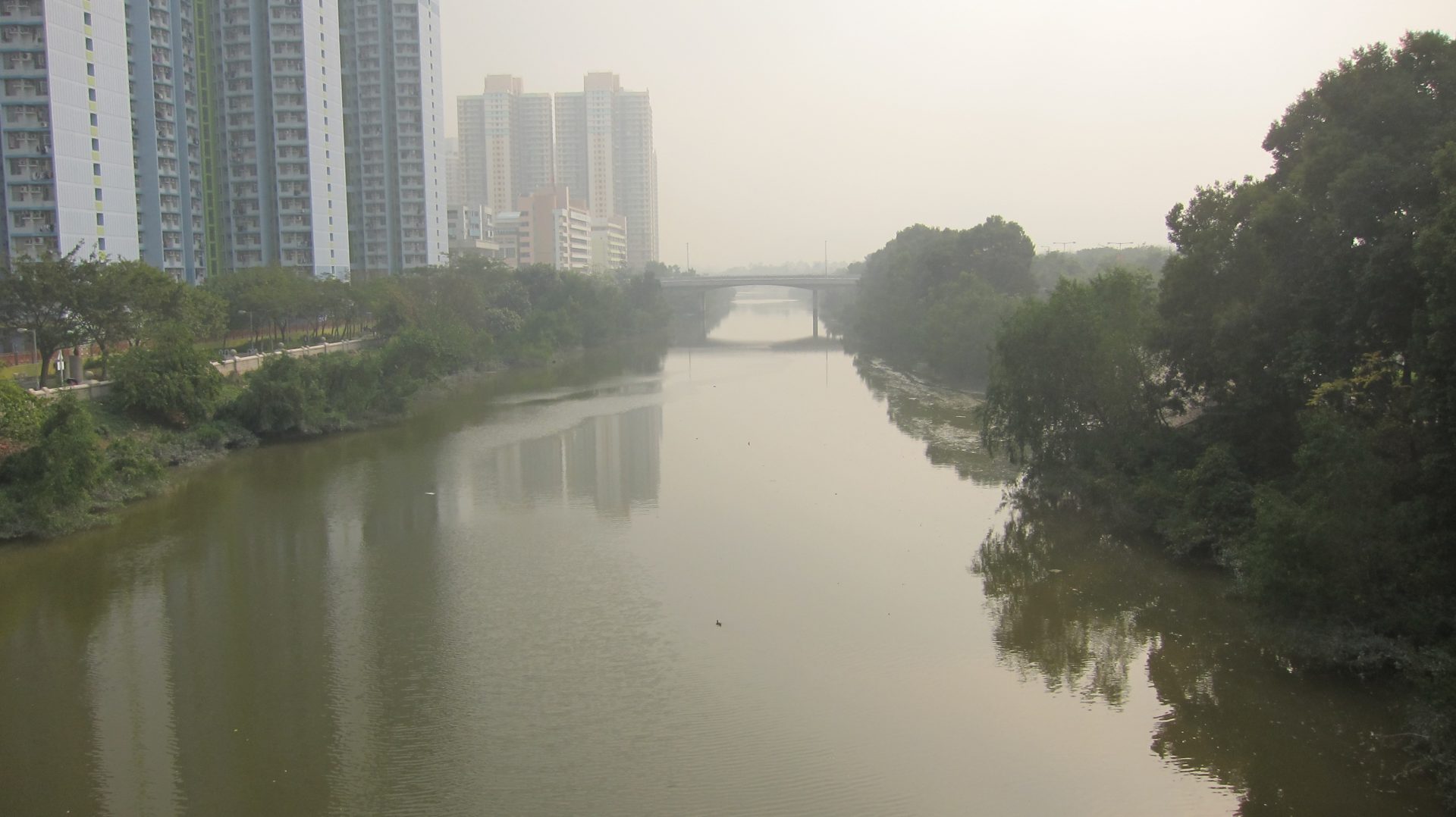In the early years of the 1990s, a vast new town started to rise up in the North-Western corner of the New Territories region in Hong Kong. As if out of nowhere, the towering suburb of Tin Shui Wai (天水圍) – literally signifying a place enclosed by heaven and water – was born on reclaimed land. The 270,000 people neighborhood was equal in scale to most smaller western cities – telling of the size of Hong Kong’s decades-long public housing scheme. The project, however, was to become a failure on several accounts, and due to its scale the consequences were equally devastating.
Many of the inhabitants in the cramped public housing were new immigrants from mainland China, often unemployed and unaccustomed to urban life. Situated far away from central areas, without jobs, activities or services, Tin Shui Wai quickly began to eerily resemble text book examples of bad suburban planning from the worst days of modernism. By the early 2000s, Hong Kongers had become faced with a series of suicides and family tragedies taking place in the district. Tin Shui Wai’s reputation as a “city of sadness” was cemented by the Hong Kong cinema, with several depictions of the shocking incidents as well as immigrants’ hardships and everyday resilience.
Seen today from afar the extremely tall and monotonous apartment blocks seem to form a unified barrier, adding to the image of a city in isolation. But reaching Tin Shui Wai on the ground level tells a more human story. Elderly people and children fill the streets, while parents stay at work late into the evening, far away in the commercial districts of Hong Kong. Unemployment and poverty persist, but people keep quietly getting by and the area appears almost sleepy and rural, bordered by a river flowing down to Shenzhen Bay, surrounded with wetlands and old village settlements. Residents dry their laundry on the bridges, and some still take out their birdcages to the park – an old practice now practically disappeared in most modernized urban areas.
The government, in response to the area’s reputation, has slowly kept updating public services in the area and adding resources dealing with the social issues. Across the river, a new development is being planned. With booming Shenzhen just across the water and with hopefully some accumulated wisdom in building new towns, who knows what lies in the future for the former city of sadness.



